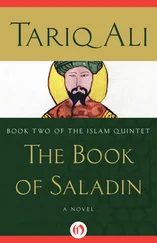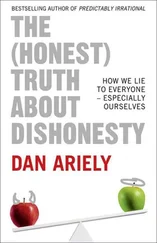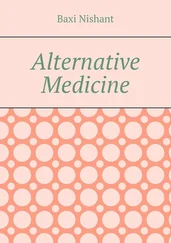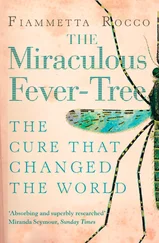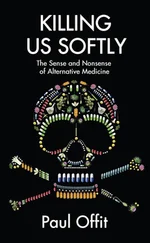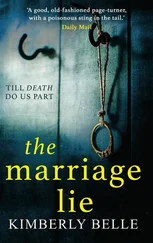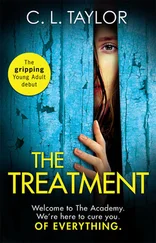Doll was as shocked as anyone by the damning evidence against smoking: ‘I myself did not expect to find smoking was a major problem. If I’d had to bet money at that time, I would have put it on something to do with the roads and motorcars’. Doll and Hill did not start their research in order to achieve a specific result, but instead they were merely curious and concerned about getting to the truth. More generally, well-designed scientific studies and trials are not engineered to achieve an expected outcome, but rather they should be transparent and fair, and those conducting the research should be open to whatever results emerge.
The British Doctors Survey and similar studies were attacked by the tobacco industry, but Doll, Hill and their colleagues fought back and demonstrated that rigorous scientific research can establish the truth with such a level of authority that even the most powerful organizations cannot deny the facts for long. The link between smoking and lung cancer was proved beyond all reasonable doubt because of evidence emerging from several independent sources, each one confirming the results of the other. It is worth reiterating that progress in medicine requires independent replication — i.e. similar studies by more than one research group showing similar findings. Any conclusion that emerges from such a body of evidence is likely to be robust.
Hill and Doll’s research ultimately led to a raft of measures designed to persuade us not to smoke, which in turn has resulted in a 50 per cent decrease in smoking in many parts of the developed world. Unfortunately, smoking still remains the single biggest cause of preventable deaths worldwide, because significant new markets are opening up in the developing world. Also, for many smokers the addiction is so great that they ignore or deny the scientific evidence. When Hill and Doll first published their research in the British Medical Journal , an accompanying editorial recounted a very telling anecdote: ‘It is said that the reader of an American magazine was so disturbed by an article on the subject of smoking and cancer that he decided to give up reading.’
While we were writing this book, the British Medical Journal reminded the world of the contribution made by Hill and Doll — it named the research that established the risks of smoking among a list of the fifteen greatest medical breakthroughs since the journal was launched 166 years ago. Readers had been asked to vote for their favourite breakthrough in what seemed like the medical equivalent of Pop Idol . Although this high-profile popularity contest might have seemed vulgar to some academics, it made two important points, particularly in the context of this chapter.
First, every breakthrough on the list illustrated the power of science to improve and save lives. For example, the list included oral rehydration, which helps recovery from diarrhoea and which has saved 50 million children’s lives in the last twenty-five years. The list also included antibiotics, germ theory and immunology, which together have helped to cure a whole range of diseases, thereby saving hundreds of millions of lives. Vaccines, of course, were on the list, because they have prevented many diseases from even occurring, thereby saving hundreds of millions more lives. And awareness of the risks of smoking has probably saved a similar number of lives.
The second point is that the concept of evidence-based medicine was also recognized among the top fifteen breakthroughs, because it too is a truly great medical achievement. As mentioned earlier, evidence-based medicine is simply about deciding best medical practice based on the best available evidence. It lacks the glamour and glitz of some of the other shortlisted breakthroughs, but it is arguably the greatest one because it underpins so many of the others. For example, the knowledge that vaccines and antibiotics are safe and protect against disease is only possible thanks to evidence gathered through clinical trials and other scientific investigations. Without evidence-based medicine, we risk falling into the trap of considering useless treatments as helpful, or helpful treatments as useless. Without evidence-based medicine we are likely to ignore the best treatments and instead rely on treatments that are mediocre, or poor, or useless, or even dangerous, thereby increasing the suffering of patients.
Even before the principles of evidence-based medicine were formalized, Lind, Hamilton, Louis, Nightingale, Hill and Doll, and hundreds of other medical researchers used the same approach to decide what works (lemons for scurvy), what does not work (bloodletting), what prevents disease (hygiene) and what triggers disease (smoking). The entire framework of modern medicine has emerged thanks to these medical researchers who used scientific methods such as clinical trials to gather evidence in order to get to the truth. Now we can find out what happens when this approach is applied to alternative medicine.
Alternative medicine claims to be able to treat the same illnesses and diseases that conventional medicine tries to tackle, and we can test these claims by evaluating the evidence. Any alternative treatment that turns out to be effective for a particular condition can then be compared with conventional medicines to decide if the alternative should be used partially or wholly to replace the conventional.
We are confident that we will be able to offer reliable conclusions about the value of the various alternative therapies, because many researchers have already been conducting trials and gathering evidence. In fact, there have been thousands of clinical trials to determine the efficacy of alternative therapies. Some of them have been conducted with great rigour on large populations of patients and then independently replicated, so the overall conclusions can be relied upon. The remaining chapters of this book are devoted to analysing the results of these trials across a whole range of alternative therapies. Our goal is to examine the evidence and then tell you which therapies work and which ones fail, which ones are safe and which ones are dangerous.
At this early stage of the book, many alternative therapists might feel optimistic that their particular therapy will emerge triumphant when we analyse the data concerning its efficacy. After all, these alternative therapists can probably identify with the mavericks that have populated this chapter.
Florence Nightingale would have been perceived as a maverick during her early career, because she was prioritizing hygiene when everybody else involved in healthcare was focused on other things, such as surgery and pills. But she proved that she was right and that the establishment was wrong.
James Lind was also a maverick who turned out to be right, because he showed that lemons were effective for scurvy when the medical establishment was promoting all sorts of other remedies. Alexander Hamilton was another maverick who knew more than the establishment, because he argued against bloodletting in an era when bleeding was a standard procedure. And Hill and Doll were mavericks, because they showed that smoking was a surprisingly deadly indulgence, and moreover they produced data that stood up against the powerful interests of the cigarette industry.
Such heroic mavericks pepper the history of medicine and they also act as powerful role models for modern mavericks, including alternative therapists. Acupuncturists, homeopaths and other practitioners rail against the establishment with theories and therapies that run counter to our current understanding of medicine, and they loudly proclaim that the establishment does not understand them. These therapists predict that, one day, the establishment will acknowledge their apparently strange ideas. They believe that they will earn their own rightful place in the history books, alongside Nightingale, Lind, Hamilton, Hill and Doll. Unfortunately, these alternative therapists ought to realize that only a minority of mavericks ever turn out to be on the right track. Most mavericks are simply deluded and wrong.
Читать дальше

